A somewhat famous beverage company, RC Cola ranks among the top five soft drink manufacturers and retailers in the $50 billion industry. The Royal Crown Company Inc. produces and retails several types of soft drinks in the US and multiple countries worldwide.
It primarily sells its products to independent soft drink wholesalers, retailers, and licensed bottlers. One of the Royal Crown Company’s most renowned products is RC Cola, which fiercely competes with the top two beverage companies (Coca-Cola and Pepsi).
In addition, before we get to who owns RC Cola, it is important to understand that in the beverage industry, RC Cola is the only American brand that is considered the best alternative soft drink to Coke and Pepsi. It is also the only national beverage available to licensed bottlers distributing non-Pepsi and non-Coke products.
The Royal Crown Company also manufactures and distributes a variety of other bottled beverages. Its brands include Kick, Upper 10, Diet RC Cola, Nehi, and many others. One of its parent companies, RC/Arby’s Corporation, initially owned the organization.
A Peek Into Royal Crown Company’s Interesting Origins and History
The Royal Crown Company was founded 119 years ago! Since its inception, the soft drink manufacturer and retailer have emphasized creating a drink that can represent the customer’s individuality and reflect the company’s spirit of entrepreneurship.
With a fizzy, crisp, and delightful flavor formulation, RC Cola has become a much-loved and celebrated soft beverage in the United States of America.
The drink was formulated by Claud Hatcher, who was a forward-thinking pharmacist. Hatcher launched it in 1905, packaging it in a bottle to make it a popular item in his family’s grocery store.
After receiving widespread praise, RC Cola steadily became a household name, and the Hatcher family quickly jumped on this opportunity to expand their business into the soft drink industry. Eventually, the family opened a new company named Union Bottling Works.
Very quickly gaining prominence, Chero-Cola, another product from Union Bottling Works back in the day, became an instant hit.
A best-selling product helped the business to expand phenomenallyTowards the start of 1920, the company started and operated a staggering 700 franchises and bottling plants in different parts of the country.
After Chero-Cola became a popular soft drink, the company renamed itself Chero-Cola. However, in 1923, Chero-Cola faced a lawsuit from – you guessed it – Coca-Cola. Coca-Cola persisted that the name “Cola” could only be exclusively used by Coke.
Unfortunately, due to continuously rising prices of sugar (a vital ingredient in soft drinks) and other important utilities, Chero-Cola could not afford to compete with another, far more significant, soft drink giant and dropped the name “Cola.”
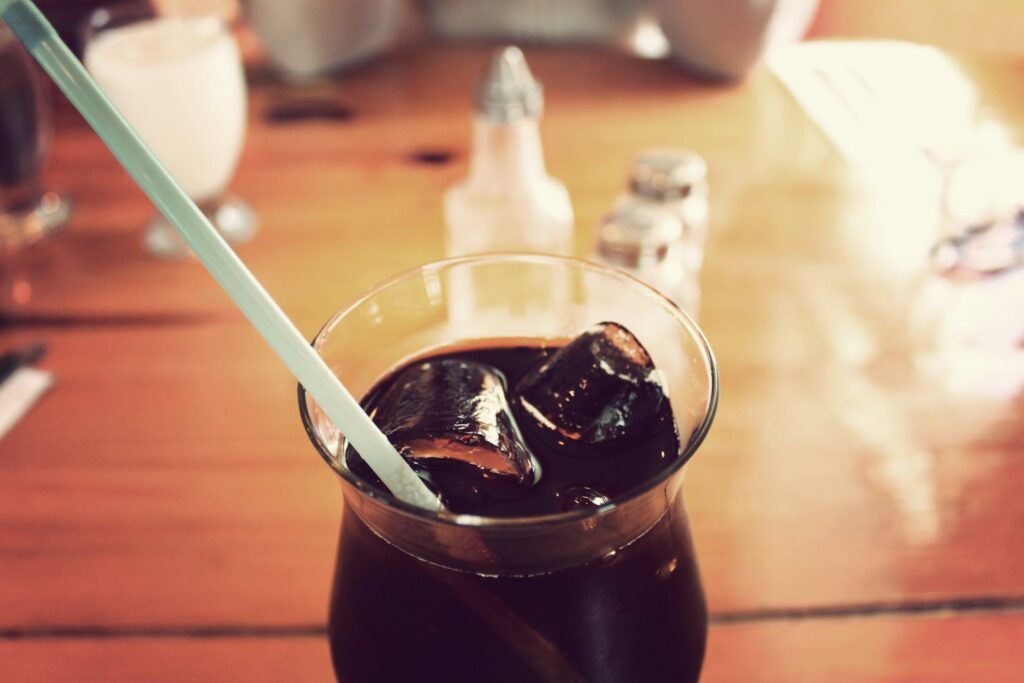
Image Credit: Ashley Kirk
The Rise of Chero-Cola During the Great Depression and Why The Company Changed Its Name to Royal Crown Company
After legally dropping Cola from its name, Chero-Cola renamed the brand to Nehi. However, Nehi was also a product the company launched. In 1928, Chero was incorporated as Nehi Corporation.
However, as the Great Depression hit during the 1930s, Nehi saw a significant decline in its profit margins, and the company’s prospects were bleak.
However, after Hatched passed away in 1933, Nehi was taken over by H. R. Mott. Thanks to his wise marketing strategies and a vision for the future, Mott could weed out unsuccessful products and promote only popular drinks.
In 1934 Mott introduced a better version of the traditional Chero Cola, renamed Royal Crown Cola. It became a massively loved soft drink in the 50s, also when Mott changed the company’s name to Royal Crown Cola Company.
While Royal Crown Cola Company continued to flourish, it was also the first soft drink company to use aluminum cans to distribute its drinks throughout the country.
The company would also be the first to launch a 16-oz version of RC Cola and introduce multiple flavors.
It is safe to say that the company was at the forefront of soft drink innovation, but from a strictly business perspective, it still needed to be more active.
In the mid-90s, while Coca-Cola led the industry with a massive 43% market share, RC Cola sluggishly lagged with a mere 2.5% market share.
A decade later, in 2000, Royal Crown Cola Company was acquired by Cadbury Schweppes. Cadbury Schweppes is a British company and one of the world’s most significant soft drinks subsidiaries in the US.
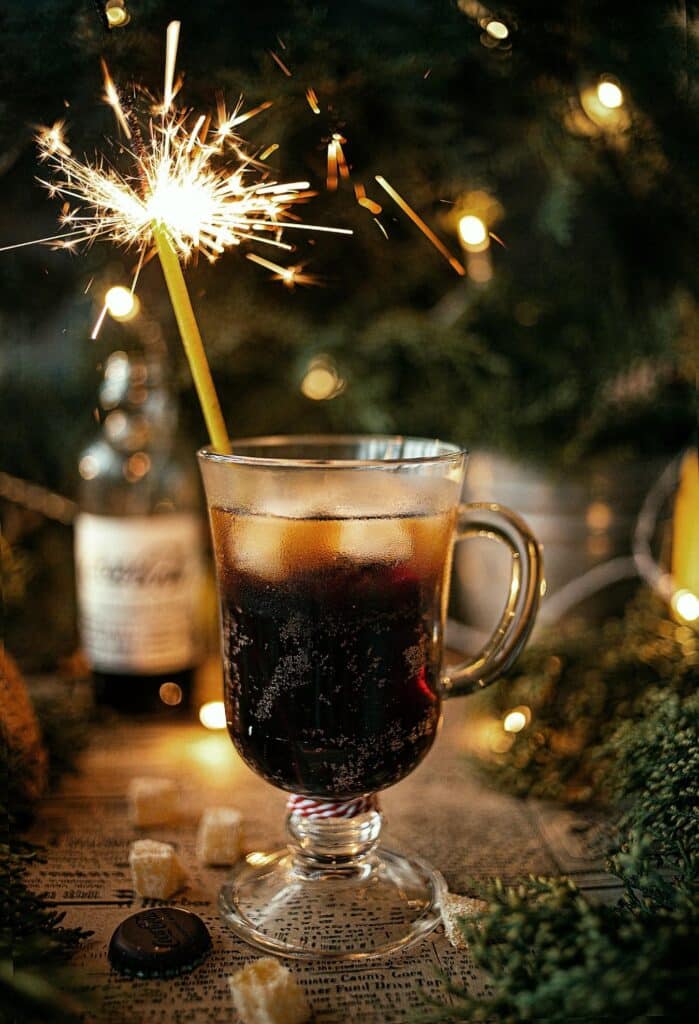
Image Credit: Yana Gorbunova
Partnership and Acquisition History
The Royal Crown Cola Company has experienced significant growth in the last two decades, leading to enhanced business innovation and acquisitions. In 2002, soft drink manufacturers introduced Royal Crown Premium Mixers which can be used in different spirits.
Ten years later, the company launched a tasty and refreshing new drink called Jeera, which was made with cumin and was available only in the Asian markets. In 2022, the Royal Crown Company launched a caffeinated beverage named RC Double Caffeine. It was an energy drink that became quite popular.
In 2023, the company introduced many tantalizing RC Cola flavors such as lime, winter spice, apple, and more.
Macay Holdings Acquire Royal Crown Cola Company
Macay Holding Inc. is a soft drink manufacturing giant operating in the Philippines. In 2022, the company’s President, multibillionaire Alfredo Yao, signed an acquisition deal for the Royal Crown Cola Company, buying a 100% controlling share for $21.4 million.
This was a powerful deal for RC Cola Company as it helped unlock a new regional partner, allowing it to distribute several products in more than 100 countries worldwide.
However, the licensing rights of RC Cola still belong to the Royal Crown Cola Company, and the company was effortlessly able to double its distribution and product reach with the Macay Holding deal.
Thanks to the deal, the company expanded its production of several other types of products, such as concentrates and flavors, with manufacturing facilities worldwide.
In 2021, the Royal Crown Cola Company saw a powerful jump in annual revenues, increasing by up to 115% and raising an additional $8.24 million. Simultaneously, the company was also able to propel its sales targets by 7%, with the increase in revenue being more than $23 million.
References & more information
- Bowers, P. (2013). Royal Crown Cola Company.
- Camus, M.R. (2023). Yao’s Macay gains global operations of RC Cola after P2.5-B takeover.
- Muse, T. (2024). The Unknown History Of RC Cola.
- Feature Image by Artem Beliaikin
- Glass Image by Ashley Kirk
- Goblet Image by Yana Gorbunova
Tell us what you think? Did you find this article interesting?
Share your thoughts and experiences in the comments section below.

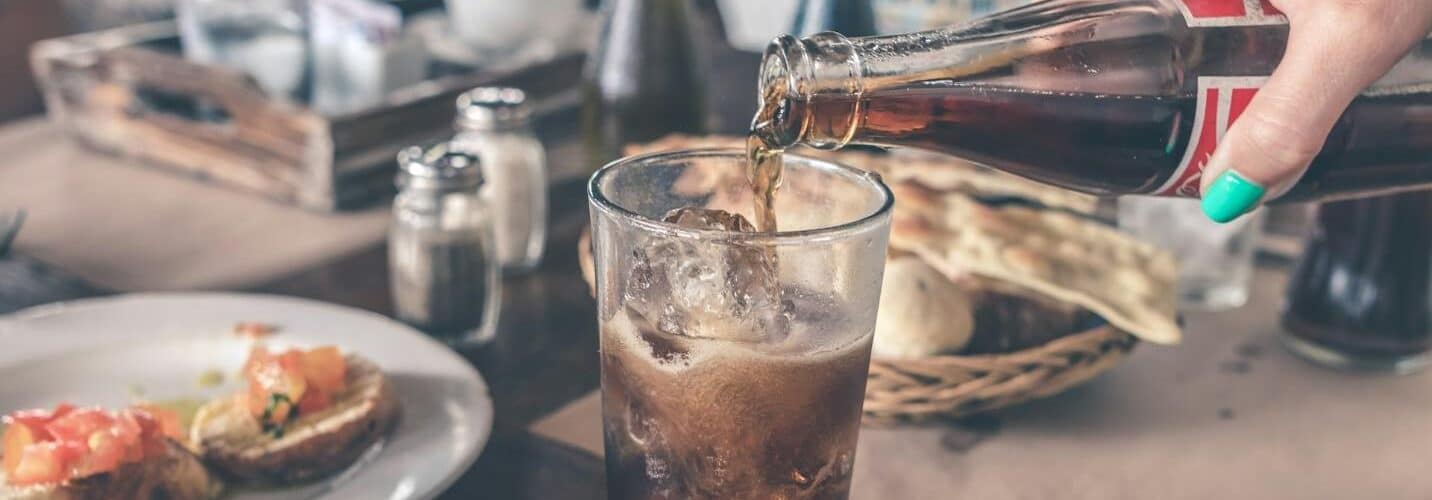
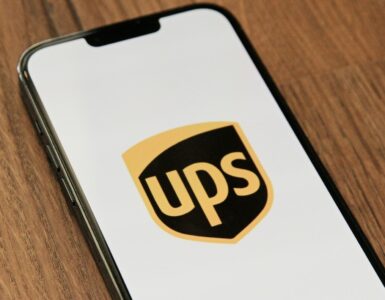
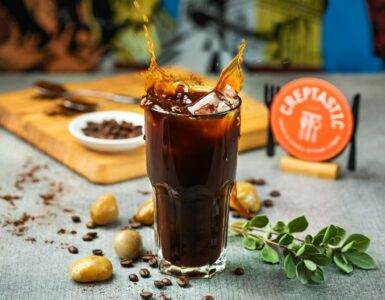
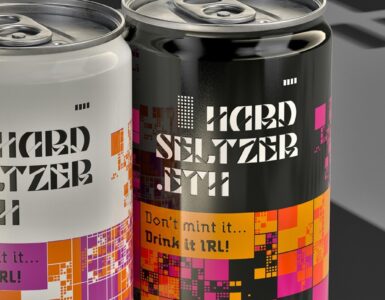
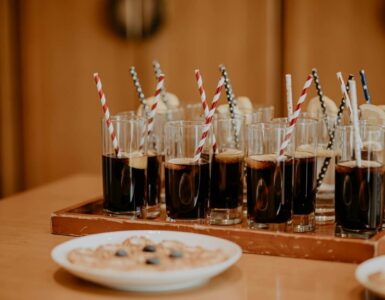





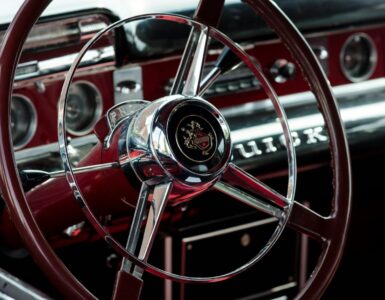
I hadn’t seen an RC in a grocery store in years years at least 50. My son told me he got one for me to try. I’m was a big Coca Cola drinker until I tried RC after all these years it taste like cola use too. I got one of my friends to try one again after all these years and he is not a cola drinker. He drank three glasses and is now started buying an RC. Thanks for bringing back the real cola flavor